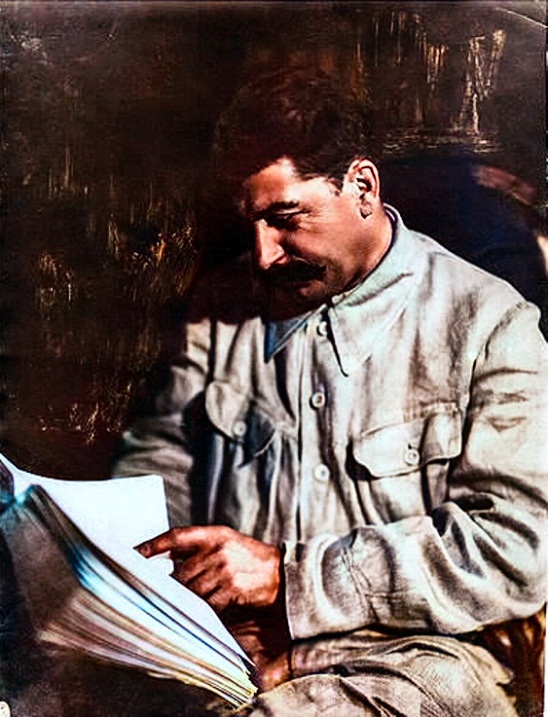Here is June 27th's update! TLDR? Here's the summary.
Here is June 28th's update! TLDR? Here's the summary.
Here is June 29th's update! TLDR? Here's the summary.
Here is June 30th's update! TLDR? Here's the summary.
I won't be able to write an update for today and tomorrow (as well as Sunday, my day off) due to work and travel - and honestly, due to overexposure to the words "international rules-based order" and "wage-price inflationary spiral" and "insignificant advances", I probably need a little time to unmelt my brain. I'll post some articles - good or bad - where I have an internet connection.
Links and Stuff
Examples of racism/euro-centrism during the Russia-Ukraine conflict
Add to the above list if you can, thank you.
Resources For Understanding The War Beyond The Bulletins
Defense Politics Asia's youtube channel and their map, who is an independent youtuber with a mostly neutral viewpoint.
Moon of Alabama, which tends to have good analysis (though also a couple bad takes here and there)
Understanding War and the Saker: neo-conservative sources but their reporting of the war (so far) seems to line up with reality better than most liberal sources.
Alexander Mercouris, who does daily videos on the conflict and, unlike most western analysts, has some degree of understanding on how war works. He is a reactionary, however.
On the ground: Patrick Lancaster, an independent journalist reporting in the Ukrainian warzones.
Unedited videos of Russian/Ukrainian press conferences and speeches.
Telegram Channels
Again, CW for anti-LGBT and racist, sexist, etc speech, as well as combat footage.
Pro-Russian
https://t.me/aleksandr_skif ~ DPR's former Defense Minister and Colonel in the DPR's forces. Russian language.
https://t.me/Slavyangrad ~ Gleb Bazov, banned from Twitter, referenced pretty heavily in what remains of pro-Russian Twitter.
https://t.me/asbmil ~ ASB Military News, banned from Twitter.
https://t.me/s/levigodman ~ Does daily update posts.
https://t.me/patricklancasternewstoday Patrick Lancaster - crowd-funded U.S journalist, mostly pro-Russian, works on the ground near warzones to report news and talk to locals.
https://t.me/riafan_everywhere ~ Think it's a government news org or Federal News Agency? Russian language.
https://t.me/gonzowarr ~ Front news coverage. Russian langauge.
https://t.me/rybar ~ Russian language.
https://t.me/epoddubny ~ Russian language.
https://t.me/boris_rozhin ~ Russian language.
https://t.me/mod_russia_en ~ Russian Ministry of Defense.
https://t.me/UkraineHumanRightsAbuses ~ Pro-Russian, documents abuses that Ukraine commits.
Pro-Ukraine
With the entire western media sphere being overwhelming pro-Ukraine already, you shouldn't really need more, but:
https://discord.gg/projectowl ~ Pro-Ukrainian OSINT Discord.
https://t.me/ice_inii ~ Alleged Ukrainian account with a rather cynical take on the entire thing.
Last week's discussion post.


It's NPR but I found an article that discusses the different logistics options and why they aren't good. It boils down, like you said, to different track gauge between Ukraine and EU countries, which causes slowdowns at the border, or trucks having to deal with long lines at the border for customs inspections. Not sure how much the border process for trucks can be sped up, or if that would even improve the throughput enough.
https://archive.ph/Bfqer
Spoiler